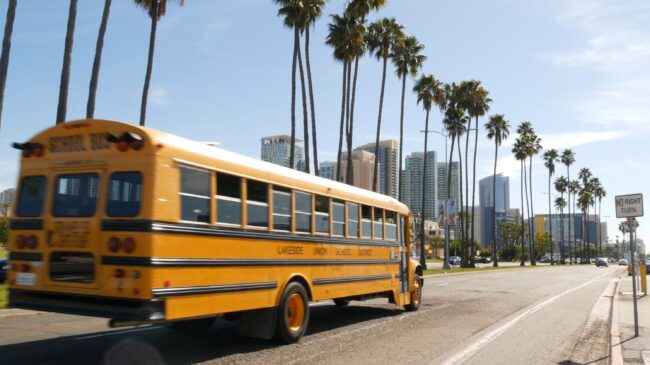The California Department of Education just reported that enrollment in K-12 public schools dropped by more than 110,000 students in the 2021–22 school year. This puts “total public school enrollment in California below 6 million for the first time since 1999-2000,” according to EdSource, which also noted much of the decrease came in Southern California. “Three of the state’s four largest school districts alone — Los Angeles Unified, San Diego Unified and Long Beach Unified — accounted for nearly a quarter of the loss in student enrollment this year.”
The COVID-19 pandemic has obviously disrupted the education system and school choice is sweeping much of the rest of the nation. More than 30 state legislatures are considering bills that would allow families greater control over their student’s K-12 education. But, for now, the legislative path to school choice appears to be rocky, at best, in California.
Fix California Education suspended its effort to get a school choice initiative on the statewide November ballot and a similar effort led by Californians for School Choice only collected one-fifth of the signatures needed and did not make it onto the ballot.
Fortunately, there are policy options outside of the typical school choice agenda that could provide more education options to California’s families and would have a better shot at garnering bipartisan support in the state.
For starters, New Hampshire’s Learn Everywhere program is shattering public education’s monopoly by allowing students to earn high school credit for completing courses—from robotics to music lessons to karate—at approved providers in their communities. The program was created to recognize that learning experiences were already happening outside of classroom walls under the tutelage of local scientists, artists, entrepreneurs, and others. According to New Hampshire Education Commissioner Frank Edelblut, who spearheaded the program, “It’s basically about mass customization.”
Similarly, through Idaho’s Advanced Opportunities program, families can access up to $4,125 for public school students between 7th and 12th grades to use on things such as college credit courses, advanced placement exams, and workforce training. The policy had bipartisan support when it was adopted in 2016 and has since expanded to include private school families. In 2020-21, nearly 38,000 Idaho students used Advanced Opportunities with most of the funding spent on dual high school-college credits offered by Boise State, the University of Idaho, and others.
Lastly, Wisconsin’s public school choice program, which has maintained bipartisan support through the years, shows how California policymakers could give families educational opportunities outside of their residentially-assigned public school districts. The Badger State’s student-transfer law allows public school students to easily attend a school outside of their assigned school district and it employs the right financial incentives for high performing school districts to fill their open seats with students.
Right now, many of California’s school districts don’t have much financial incentive to accept new students and few families can access a public school in a nearby neighborhood that may be a better fit for their students. At the state level, California’s Local Control Funding Formula made significant improvements. It made the state’s school finance system funding more fair, transparent, and flexible. And in some ways, the funding formula is a model for other states. But, ultimately, funding students over systems is the gold standard for education reform.
Parents and students should be able to pick the school that’s best for them and the education funding should follow them to the school of their choice.
While California’s policymakers may not be ready to fully embrace school choice yet, they can and should look for creative—and practical—solutions like those programs clearly helping kids in New Hampshire, Idaho, and Wisconsin. As state leaders examine the declining enrollment numbers, they should recognize students and parents want and deserve more education choices.
A version of this column first appeared in the Los Angeles Daily News.

